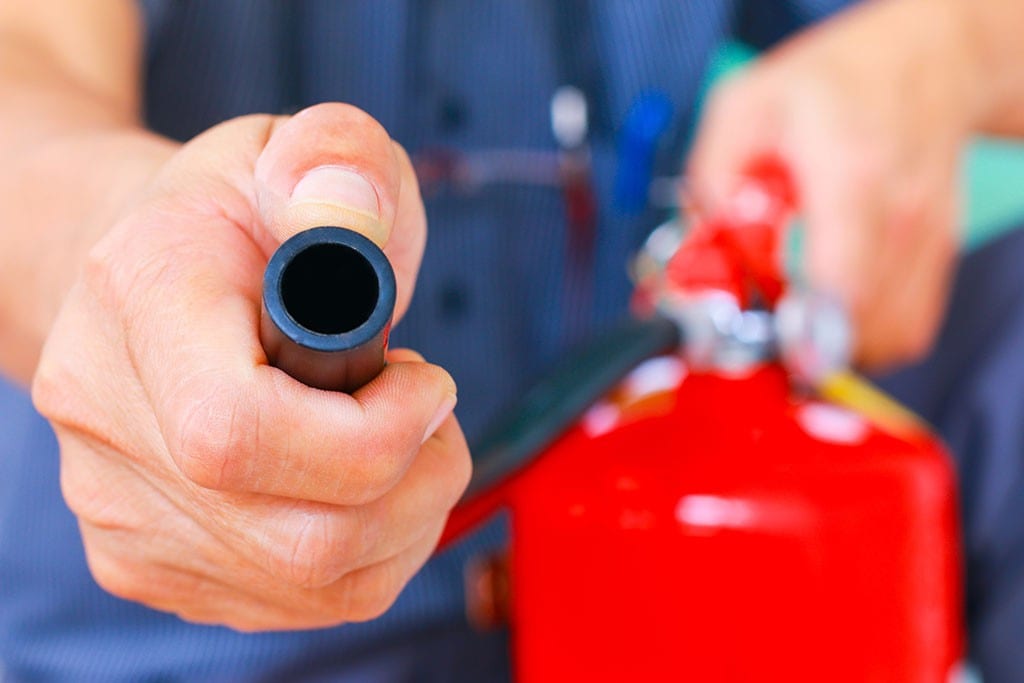It’s a must for all Sydney company. It’s not just an obligation under the law, but it’s also a way to keep employees, customers and property secure. A lot of the dangers that can arise from a fire can be prevented or minimized by taking the appropriate security measures. Inspections for fires, regular testing and tagging of electrical systems, and conformity with CFSP regulations all work together to create a safer workplace and ensure that businesses stay in compliance with local regulations as well as Building Code of Australia (BCA) standards.
What is the reason for fire Inspections are the foundation of Safety
The first line of defense is fire inspections. These inspections ensure that all components of the fire protection system are functional and current. In Sydney, businesses must conduct inspections at least once every six months or annually according to the type of building and local regulations. Inspections can include everything from smoke alarms to sprinkler systems as well as fire alarm panels as well as hydrants, emergency lighting and fire alarms.

Inspections are crucial since they can reveal hidden problems prior to them becoming dangerous. Although it may not be a big deal that a slight issue in a fire hydrant or smoke alarms that are not working, could result in fatality during an emergency. When they conduct periodic fire inspections businesses owners are not just meeting legal requirements, but making active efforts to ensure their workplaces are protected from the possibility of unforeseen disasters.
Potential electrical hazards that are hidden can be identified by conducting tests and labeling
Electrical systems are a major source of workplace fires. This is the reason that testing and marking should be a part of any fire safety program. The process involves examining electrical equipment to make sure it is safe, functional and compliant. This is followed by affixing a visible tag to indicate that the item has passed an inspection. In many organizations it is more than a standard procedure it is a safeguard against the risk of risks that can go without being noticed.
Old, worn-out, or unchecked cables, appliances with problems or wiring that is not up to date can quickly lead to fire hazards. Regular testing and marking can reduce the risk of an electrical fault causing the possibility of a fire. This builds trust and confidence in employees, as they are assured that their work environment is secure. In conjunction with fire inspections and testing, this extensive security plan minimizes risks from multiple perspectives.
The role of CFSP in ensuring Compliance and Certification
Only a Competent Fire Safety Professional (CFSP) who is based in New South Wales, can certify and sign important documents for fire safety such as Annual Fire Safety Statements. The introduction of CFSP accreditation raises the standard of fire safety and ensures that only qualified professionals assess and verify security measures. If business owners are working with a CFSP, inspections and reports are not going to be merely a item of paper, but rather an accurate evaluation performed by experts.
The role of a CFSP extends far beyond ticking boxes. They assess the state and performance of fire protection systems, issue complete reports and prove the compliance of regulations. Without CFSP certification, companies risk costs, legal issues and even shutdowns if fire protection measures are deemed insufficient. By partnering with professionals accredited in fire safety, you can make sure that your fire protection systems are properly maintained. In addition, you’ll be able meet your the requirements of compliance without putting yourself under anxiety.
Safety in the Fire Service as an ongoing Security Commitment
Fire safety is not only a once-in-a-lifetime requirement, but rather an ongoing responsibility for each business owner. Regular inspections, ongoing testing of electrical systems and a proper certification process through CFSP surveillance create a loop of safety that is never ending. This is not just legal, but it also fosters a safety culture within the workplace. Employees feel secure knowing that clear evacuation procedures are in place, smoke alarms are functional, emergency lighting is tested, and fire suppression systems are ready for use.
Fire safety is a ongoing process, not just a box that businesses must tick every year. This decreases risks and improves the image of a company. If safety is a priority, clients and customers feel more secure. In the long run, investing in proactive fire prevention saves costs by preventing costly damage, fines and legal disputes.
Conclusion
Sydney fire safety demands an extensive approach that includes testing and inspections for fire, tagging and certification by a CFSP. Each of these elements play a crucial role in helping businesses comply with the law, but also in securing property and people. When safety is an integral element of daily operations instead of being a last-minute consideration, businesses are not only able to meet their legal obligations but provide a safer and secure environment for the coming years.
